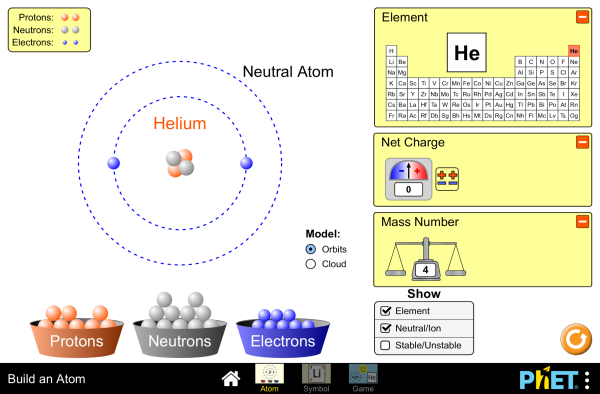
Atoms, compounds and aspects
You may have heard of atoms previously, however what've they got to do with substances and elements?
Atoms are the basic structure blocks of all matter on Earth and they're really small (far too small to be seen with the naked eye). Compounds can be categorised as either compounds or elements. Both of these are made up of atoms, the only difference is an element is made of one kind of atom whereas substances are made from 2 or more various kinds of atoms.
This topic is abstract and can be difficult for trainees to comprehend as atoms are far too small for them to see. So, it's a great idea for you both to invest a long time looking at the diagrams in this article to help them visualise this principle better.
We're confident that if you follow the step-by-step guide listed below your kid will be able to:
1) Identify elements and substances shown in diagrams
2) Recognise components and substances from their formula
3) Explain the distinction between compounds and elements
Step 1: Understand the Key Definitions
There are 4 keywords and definitions to get to grips within this subject. When your child has got this, they'll discover this topic much easier.
An atom is the tiniest particle that can exist. Everything is made from atoms. Atoms are displayed in diagrams as little circles.
An element is comprised of one kind of atom only. For instance, a piece of pure copper is made up of only of copper atoms. There are 118 known elements in the world and they are all listed in the table of elements.
A compound is a substance comprised of two or more atoms of different components chemically joined (or bonded) together. For instance, carbon dioxide gas (CO2) consists of one carbon atom and 2 oxygen atoms bonded together.
A molecule explains two or more atoms bonded together (all substances are molecules and some aspects are too).
The atoms of some aspects, like Neon, do not collaborate and rather exist on their own as private atoms (they are not molecules). The atoms of other components, however, like Hydrogen collaborate as pairs, making a molecule.
Action 2: Diagrams of Different Substances
Picture you are presented with diagrams of various substances? It's really simple to become slowed down with these keywords however only two require to be applied to each diagram. A good guideline to keep in mind is to choose first whether a compound is an atom or a molecule. Decide whether the substance is an aspect or a compound.
Atoms of the same aspect in diagrams will be drawn as the same size and they will be the same colour (as shown in diagram 2).
If the atoms are of various aspects they will be a various colour or size (as shown in diagram 3).
Action 3: Symbols
Elements and compounds are not always shown as diagrams. Symbols are utilized to represent components and each element from the regular table has a sign.
A formula is a shorthand method of revealing the aspects in a substance. By consulting the regular table you can find that this compound is made up of one salt atom (Na) and one chlorine atom (Cl). It consists of 2 potassium atoms (sign K) and one oxygen atom (sign O).
Your child needs internet to guarantee they take extra care when making a note of the signs of elements in the table of elements, paying attention to whether the letters should be in upper or lower case.
Writing CO rather of Co completely changes the compound in question. CO is the formula for the compound carbon monoxide (a fatal, colourless gas), whereas Co is the sign for the element Cobalt (a magnetic metal discovered in the Earth's crust).
Step 4: Identify the Difference Between Compounds and components
Attempt these concerns together to see if you can recognize the distinctions between elements and compounds:
1) What compound is made from only one type of atom? An element or a substance?
2) Look at the following diagrams and state whether the substance is firstly an atom or a molecule and state if it is an aspect or a compound:
Step 5 - Activity Time!
Now, you've covered this together why not put this to the test and appoint your child the following activities in this order. All activities are produced by instructors and automatically marked.
Plus, with an EdPlace membership, we can automatically advance your child at a level that's right for them. Sending you progress reports along the way so you can track and determine development, together - fantastic!
Both of these are made up of atoms, the only distinction is an aspect is made of one type of atom whereas substances are made of 2 or more various types of atoms.
Atoms are revealed in diagrams as little circles.
An element is made up of one type of atom only. By consulting the regular table you can discover that this substance is made up of one salt atom (Na) and one chlorine atom (Cl). It consists of two potassium atoms (sign K) and one oxygen atom (symbol O).